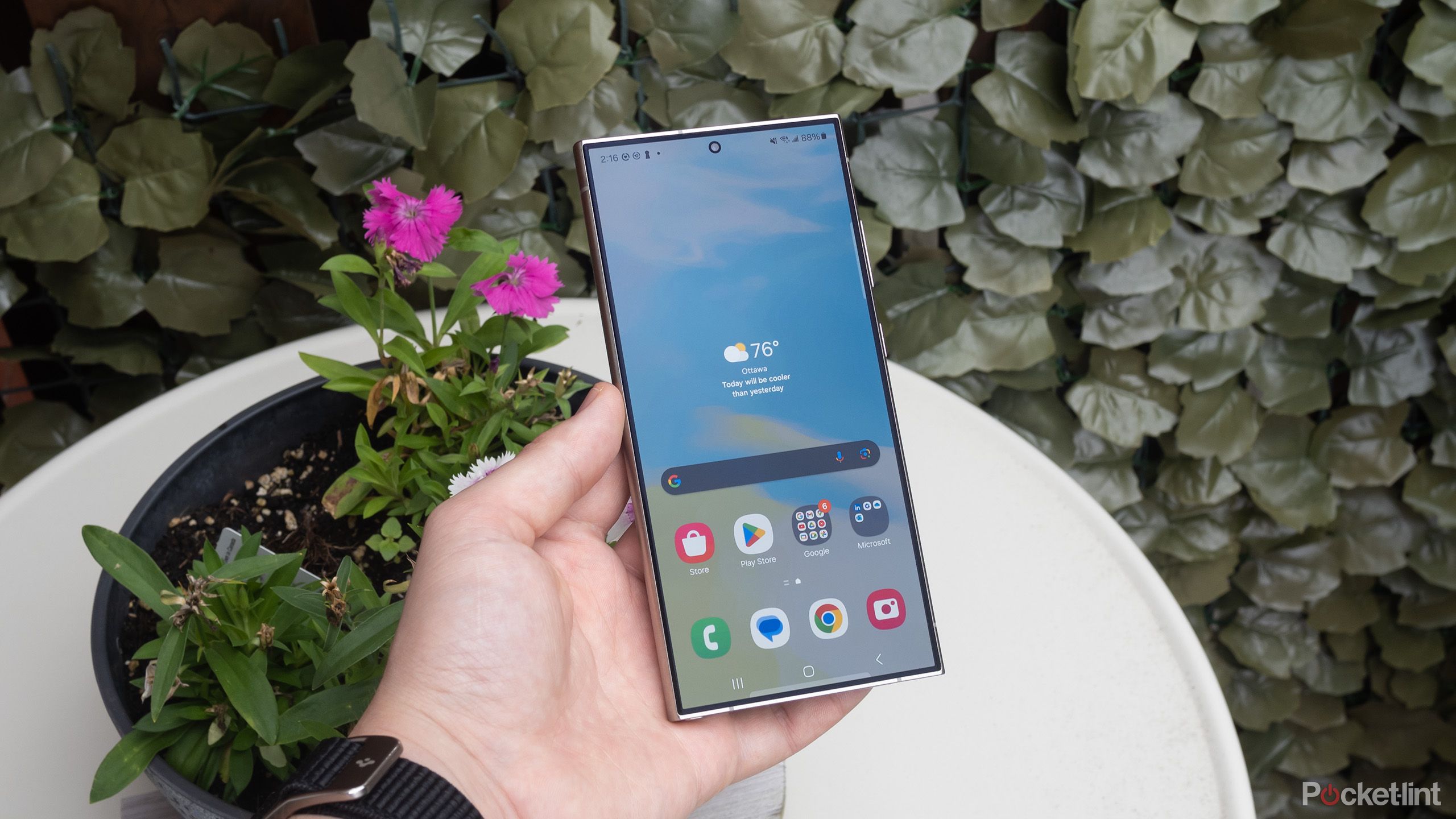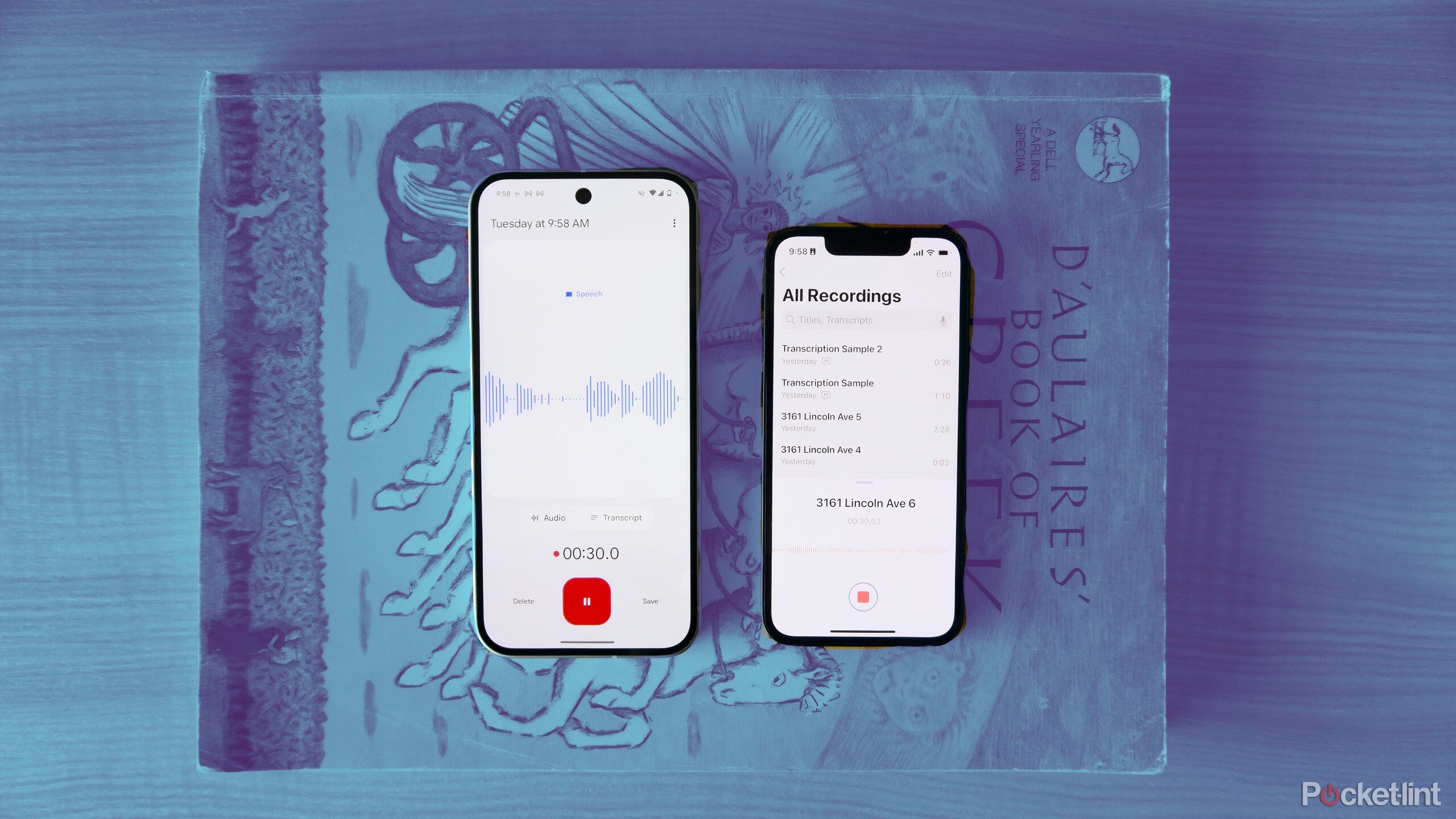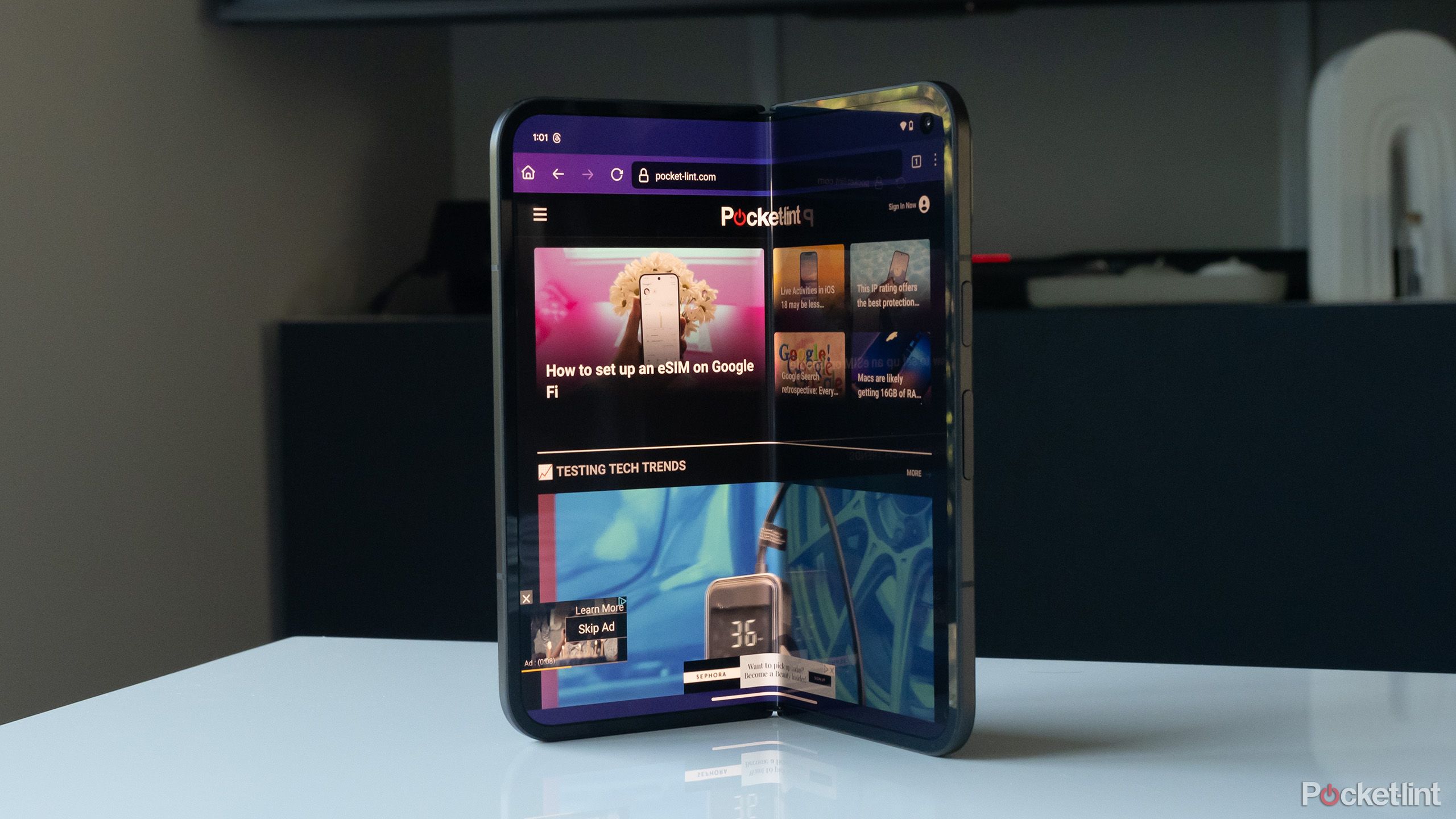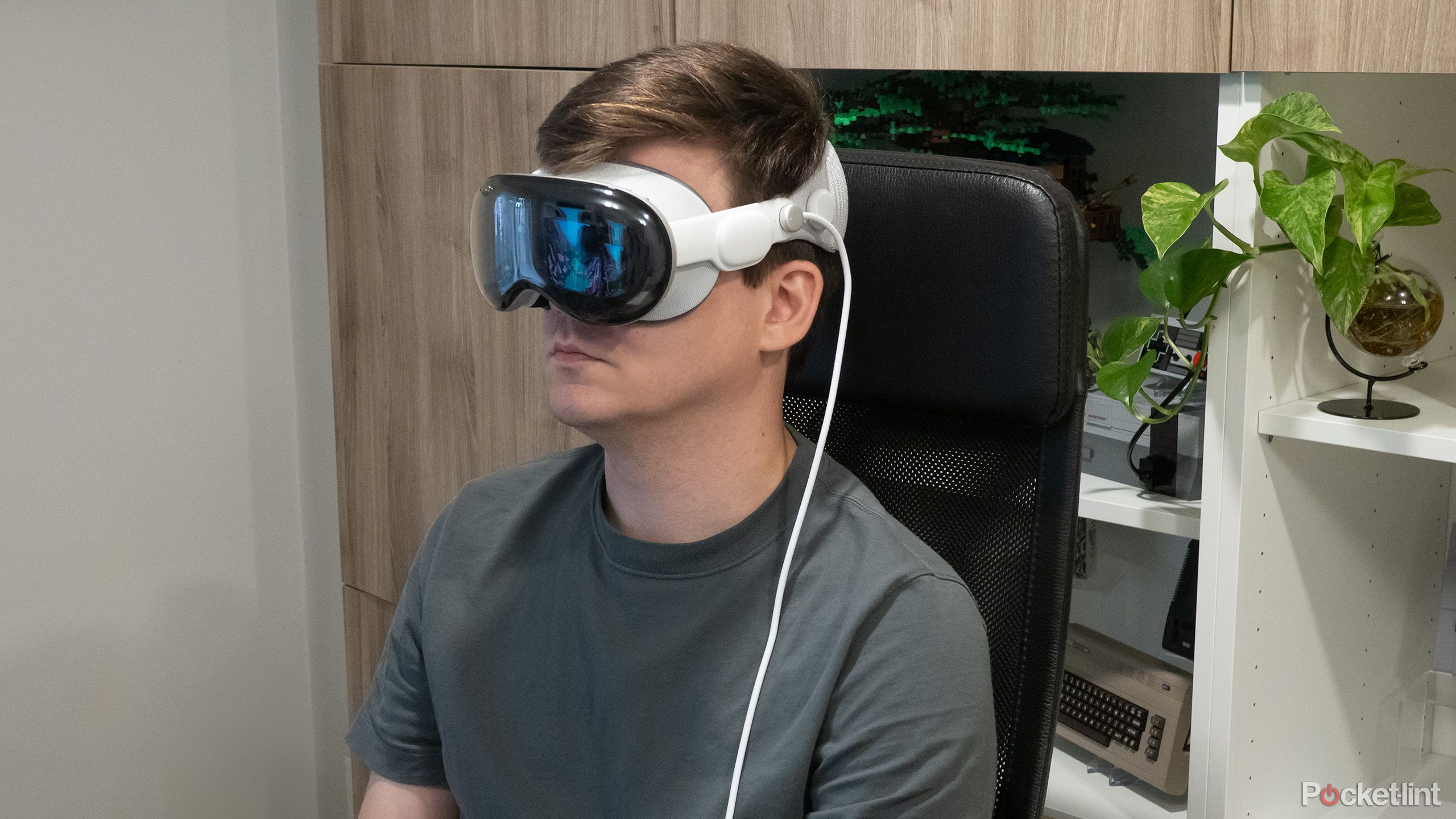Key Takeaways
- Most smartphone consumers appear to have settled into upgrading each to 2 for years.
- The joys is gone — modest enhancements aren’t a promoting level when present gadgets are ok.
- Foldables might quickly revive improve pleasure, however even when they do, AR glasses could also be only a few years away from displacing them.
One other yr, one other spherical of smartphone refreshes. We simply noticed Apple launch the iPhone 16 and 16 Pro, whereas Google launched a number of Pixel 9 telephones in August, and Samsung debuted its Galaxy S24 lineup fairly early on. The truth is, all the main smartphone makers are locked into an annual improve cycle, for causes we’ll discuss later.
Gone, although, is the age through which everybody would get excited in regards to the latest fashions. There have been lineups for the brand new iPhones this yr, definitely, however not on par with the camp outs we noticed within the 2000s and even the 2010s. Media protection has dipped, too. You will see reviews from tech and enterprise shops, however we’re properly previous the times of a particular mannequin being a popular culture phenomenon. Informal observers would possibly get excited over “the brand new Google telephone” or “the brand new iPhone” — however they most likely do not care which quantity is connected.
Personally, I believe it is protected to say that the smartphone market’s early pleasure most likely will not return. There could possibly be a short resurgence for a number of years, however in any other case, I would solely anticipate wealthier tech addicts to purchase a brand new telephone yearly.
Associated
The 6 biggest announcements from Meta Connect 2024
Meta not solely gave a primary glimpse of its AR glasses, but additionally introduced a brand new cheaper VR headset, and a number of latest Meta AI options.
The state of smartphone options
Or, a narrative of diminishing returns
The core difficulty is that smartphone makers are delivering fewer and fewer {hardware} adjustments of any significance. Processors are getting sooner, however present ones are sometimes greater than ok for the duties persons are involved with — regardless of firms like Apple and Google insisting you want generative AI, or maybe console-quality gaming. Digital camera methods are sometimes solely getting increased megapixel counts or improved telephoto lengths. We’ll generally get bigger screens, greater batteries, and/or sooner charging, however by no means something game-chaning — like, say, a battery that lasts two full days.
The entire basic issues have been solved, and there is not any incentive for revolution.
This should not be too stunning. Early into the smartphone period there was no template to work from, and corporations have been nonetheless creating fundamental applied sciences, resembling cameras that did not shoot a blurry low-resolution mess. Each new mannequin supplied the potential of revolutionary enhancements or fixing basic issues. The iPhone 4, for instance, was large merely for together with a non-pixelated show, an honest rear digital camera, and a front-facing digital camera for video calls.
Today, all the basic issues have been solved, and there is not any incentive for revolution. Cellphone makers know precisely what they’ll promote whereas maximizing their revenue margins. A tool just like the Galaxy S24 Extremely goes to impress sufficient consumers, regardless of not doing something dramatically completely different than an S21 Ultra. Individuals invested within the Apple ecosystem, in the meantime, do not even have a lot alternative — if it is an iPhone 16 or bust if they need one thing that’ll final a very long time.
Ever-stretching improve cycles
Your telephone actually is like a pc, now
Whereas 2023 Statista knowledge notes that the typical improve cycle for a US smartphone purchaser is slightly over two and a half years, it is grow to be widespread for many individuals to carry onto a telephone for 3 or 4 years, if not longer, very like a pill or laptop computer.
It is no marvel. Way back to 2021, I used to be stunned at how small of a bounce the iPhone 13 felt versus my earlier machine, 2018’s iPhone XR. The display was brighter, apps have been a bit sooner, and low-light photographs have been noticeably higher, however that was about it. I would most likely be saying one thing related in the present day if I would purchased a normal iPhone 16 as a substitute of a 16 Pro — it is largely the Professional additions like a telephoto lens and a 120Hz show that make it really feel radically higher, and I might’ve had these with an iPhone 13 Professional if I would had the money on the time.
Corporations are conscious that telephone upgrades are slowing down, which is why you are seeing a rising emphasis on companies and equipment. They are a income in off years. Subscriptions present regular revenue — $100 per yr for Google One Premium could not look like a lot versus a smartphone, however that provides up over time, and Google can be completely satisfied so as to add YouTube Premium, YouTube TV, or Google Fi to your invoice as properly.
The promise of foldables
An undiscovered underrated market?
Maybe the one factor that I might see accelerating improve cycles within the close to future is foldable tech. Though foldable telephones have been round for a number of years, they’re nonetheless a relative novelty — makers proceed to grapple with fundamental questions resembling app help, the perfect kind issue, and find out how to preserve each mud and water out of hinges. Substantial generational leaps are attainable, as with the Pixel 9 Pro Fold.
Foldables might get away of their area of interest every time Apple will get round to launching its rumored folding iPhone. The corporate has a historical past of coming late to product classes, however then refining them in a means that makes them extra interesting to the lots. Attaining that with a folding iPhone might kickstart the identical type of common one-upmanship within the trade we noticed after the unique 2007 iPhone.

Associated
Gen Z isn’t feeling modern flip phones — here’s why
Gen Z is not answering the smartphone trade’s name to make retro tech sensible.
There are a few potential obstacles, nonetheless, above all — worth. To this point, foldables have been extremely costly, past even the price of most flagship telephones. Apple and others are going to need to deliver costs down if they need foldables to be frequent improve choices, and I’ve my doubts that’ll occur — it is simpler to latch onto a “premium” market and hope manufacturing prices will ease up finally.
Certainly, by the point foldables grow to be inexpensive, the general public may be prepared to change to AR glasses as a substitute. Meta only recently demonstrated a few of AR’s potential with its Orion concept glasses — why hassle with a 7-inch OLED panel when you possibly can simulate a bigger digital display every time and wherever you need? That is not even contemplating the potential of overlaying knowledge on real-world objects. I experience electrical unicycles, and it will be extremely helpful to have Google Maps’ instructions on the paths in entrance of me.

Associated
Is Google Maps still worth using in 2024?
Google Maps is almost 20 years outdated, however common updates have stored the navigational app aggressive.
Are we reaching the endgame for smartphones?
It is robust to maintain up
If have been I a playing man, I would put my cash on most smartphone consumers by no means going again to annual or biennial upgrades as a standard observe. With AR glasses across the nook (type of) and no signal of foldables changing into low-cost, the present two- to four-year cycle will most likely keep the established order till smartphones fade from relevance, or at the least cease being major gadgets.
The present two- to four-year cycle will most likely keep the established order till smartphones fade from relevance.
So why do telephone makers hassle placing out annual upgrades? A cutthroat market, pure and easy. The thought is that when folks are able to improve, you possibly can forestall them from leaping ship to a rival model with barely newer specs. I am fantastic with that, particularly once I discover myself drifting in direction of different gadgets anyway. My Apple Watch is nearly as essential to me because the iPhone it is linked to, and I would relatively flip to my Steam Deck or EUC for leisure. If AR glasses aren’t the place they have to be in 2027, I am going to nonetheless get a smartphone — I simply will not be that buzzed about it.
Trending Merchandise

Samsung 24” FT45 Series FHD 1080p Computer Monitor, 75Hz, IPS Panel, HDMI, DisplayPort, USB Hub, Ultra Thin Bezels, Ergonomic Design, Height Adjustable Stand, 3 Year Warranty, LF24T454FQNXGO, Black

KEDIERS ATX PC Case,6 PWM ARGB Fans Pre-Installed,360MM RAD Support,Gaming 270° Full View Tempered Glass Mid Tower Pure White ATX Computer Case,C690

ASUS RT-AX88U PRO AX6000 Dual Band WiFi 6 Router, WPA3, Parental Control, Adaptive QoS, Port Forwarding, WAN aggregation, lifetime internet security and AiMesh support, Dual 2.5G Port

Wireless Keyboard and Mouse Combo, MARVO 2.4G Ergonomic Wireless Computer Keyboard with Phone Tablet Holder, Silent Mouse with 6 Button, Compatible with MacBook, Windows (Black)

Acer KB272 EBI 27″ IPS Full HD (1920 x 1080) Zero-Frame Gaming Office Monitor | AMD FreeSync Technology | Up to 100Hz Refresh | 1ms (VRB) | Low Blue Light | Tilt | HDMI & VGA Ports,Black

Lenovo Ideapad Laptop Touchscreen 15.6″ FHD, Intel Core i3-1215U 6-Core, 24GB RAM, 1TB SSD, Webcam, Bluetooth, Wi-Fi6, SD Card Reader, Windows 11, Grey, GM Accessories

Acer SH242Y Ebmihx 23.8″ FHD 1920×1080 Home Office Ultra-Thin IPS Computer Monitor AMD FreeSync 100Hz Zero Frame Height/Swivel/Tilt Adjustable Stand Built-in Speakers HDMI 1.4 & VGA Port

Acer SB242Y EBI 23.8″ Full HD (1920 x 1080) IPS Zero-Frame Gaming Office Monitor | AMD FreeSync Technology Ultra-Thin Stylish Design 100Hz 1ms (VRB) Low Blue Light Tilt HDMI & VGA Ports











